Figures & data
Figure 1. Schematic diagram of the study protocol. Patients (n = 34) were enrolled in the study. In the control group, participants underwent nail extraction or did not receive specialized intervention, whereas the surgical group underwent continuous W-shaped nail bed expansion procedures. The nail bed deformity was evaluated, followed by a 12-month follow-up period. Data analysis was performed to assess the outcomes.
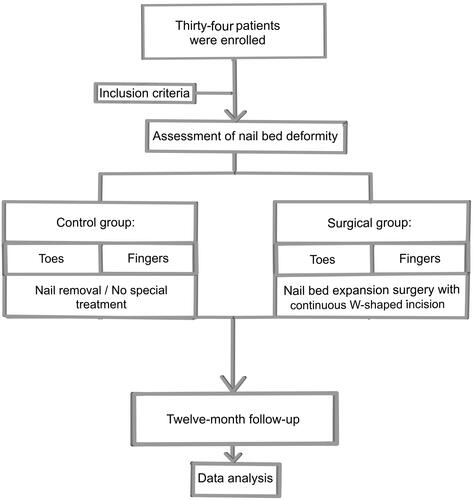
Table 1. General characteristics of patients.
Figure 2. Schematic representation of the surgical procedure. (A) Continuous W-shaped incisions were made on the pulp of the finger/toe approximately 2–3 mm away from the nail bed. (B) The nail bed flap was meticulously dissected. (C) Skin and soft tissue excess were excised along the shaded area. The width of the shaded area was adjusted based on tension and blood circulation. (D) Stretching the trimmed nail bed flap toward the periphery. (E) Appropriate removal of fingertip soft tissue was performed to adjust the longitudinal axis of the nail bed flap. (F) The incision was sutured to expand the nail bed.
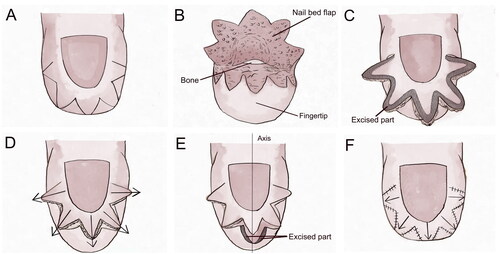
Figure 3. Application of the continuous W-Shaped incisions: (A, B) The incision is made on the toe pulp about 2–3 millimeters away from the nail bed. (C) The nail bed flap is carefully dissected along the design line and appropriately trimmed based on tension and blood circulation. The remaining nail bed flap is stretched outward, and the longitudinal axis is adjusted by removing soft tissue from the fingertip. (D) Finally, the incision is sutured to push the nail bed. (E–H) Continuous W-shaped incision nail bed surgery was conducted on the patient’s thumb.
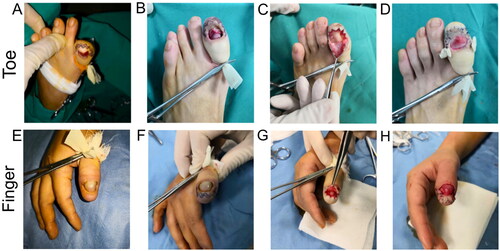
Figure 4. Comparison of outcomes at baseline and 12 months post-intervention between the control group and surgical group (toes): (A) control group: This patient, who had their nail removed due to severe nail plate deformity, exhibited malformed regrowth of the nail plate with compromised transparency at follow-up. (B) Control group: without any specific treatment, no significant alteration in the nail bed is observed in this patient after 12 months. (C, D) Surgery group: as can be seen, the newly formed nail plate is more symmetrical and exhibits a smoother surface after the surgical intervention. There is also an increase in the nail bed’s length and width, which validates the efficacy of the surgical approach employed in this study.
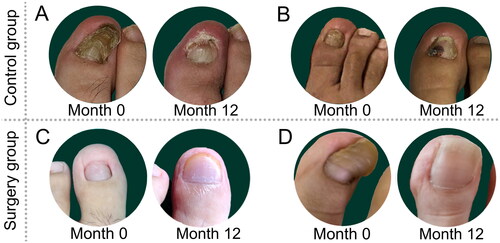
Figure 5. Comparison of outcomes at baseline and 12 months post-intervention between the control group and surgical group (fingers): (A, B) control group: for two patients, who did not undergo any specific treatment, no notable alteration in the nail bed is observed after 12 months. (C, D) Surgery group: the figure demonstrates the significant changes in the newly formed nail plate following surgical intervention.
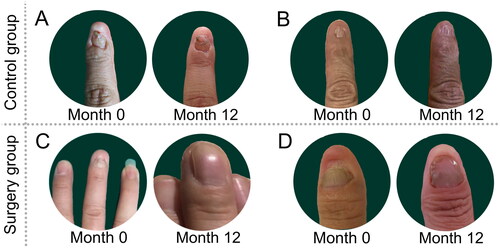
Table 2. Comparison of nail bed alterations between the surgical and control groupsTable Footnote*.
Data availability statement
Datasets generated and analyzed during the course of this study are available from the corresponding author upon reasonable request.
